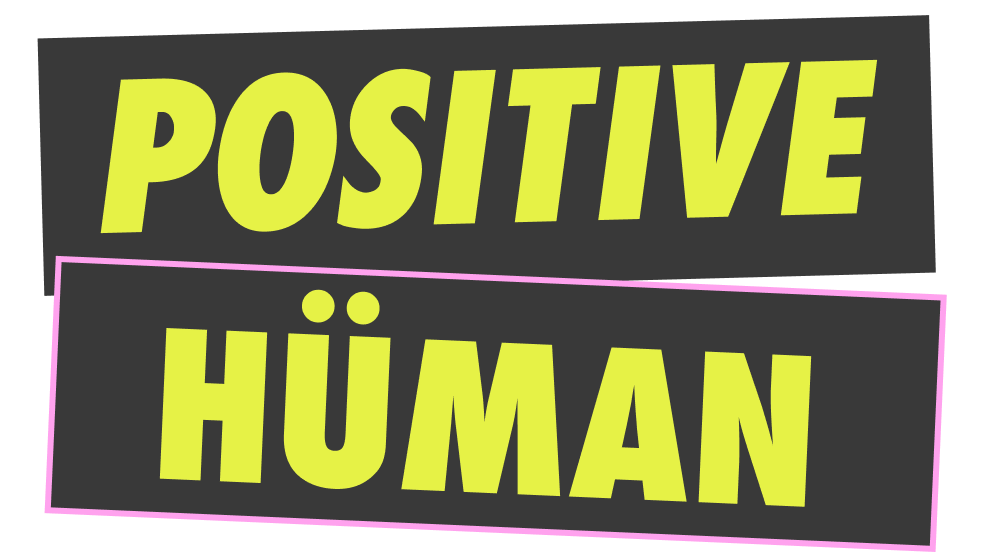The Wiki Strategy
TL;DR
How to use the Wiki strategy to build topical depth and why it works
Recently, I wrote about Kevin Indig's Microsites 2.0 strategy. That's a really strong strategy when you're looking to own a whole topic and guide customers along a funnel from unaware to ready to buy.
I really like the resource that Growth Machine prepared on how to implement this practically. And even though their case study is about a D2C experiment they run, the strategy is really transferable to B2B SaaS.
But one of the ways that proves a challenging strategy is that you struggle to prepare all the content or get build time from the devs so you:
- Never launch your microsite
- Never cover the topic with enough clarity, or depth
An alternative strategy, which is similar but serves a slightly different purpose is Nat Eliason (and Growth Machine)'s Wiki Strategy
How the Wiki Strategy for content works
While the Microsites strategy focuses on creating potentially many articles around a topic, the Wiki strategy focuses on creating a single strong article that covers a topic and then links out to secondary articles for depth.
At first, you may not have written all the articles that you want to around a topic but that doesn't mean you can't link out to someone else's content in the short term while you get your act together and write a better resource. When you've done that, you can replace it.
Doing this gives you an opportunity to also reach out and tell the people you referenced about your content that links to their articles. Ask them to share. Backlinks! Relevance! Improved search performance to additional pages!
Why this works for generating topical depth
- You create a highly useful post right away by going in on the topic at length – this should be shareable on its own and the give you the kind of resource that gets pointed to constantly within your industry
- You win time to write the content that goes deep on your topic – sure you're leaking small bits of traffic as people click on links out to other people's sites, but you can learn a lot about what the areas you need to cover by watching which links get clicked most (Here's a Google Analytics article that tells you how to track external link clicks if you don't know already)
- You don't need any design or dev time from your product/dev/marketing team – you just use whatever blog template you're already using.
Stop getting generic growth advice. Subscribe to my zine instead.
Get emails from someone who's actually fixed the problems you're dealing with. Real stories, practical insights, and the kind of advice that comes from working hands-on with SaaS companies between $500K-$25M ARR.
No fluff. No theory. Just real experiences and actionable insights from someone who's been where you are.
